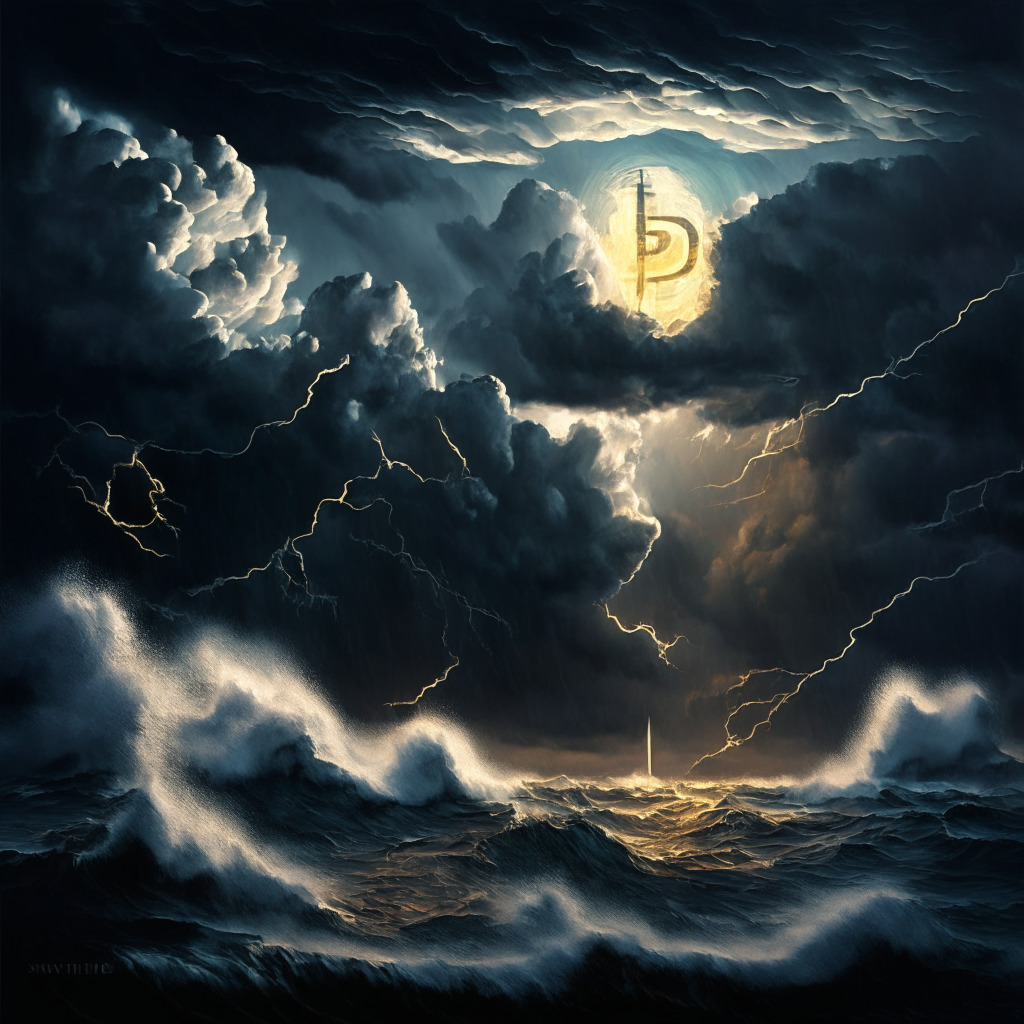According to a post by Tether‘s CTO Paolo Ardoino, the stablecoin issuer has become one of the world’s leading buyers of US Treasury bills, bolstering its holdings to a whopping $72.5 billion. This places Tether in the top 22 positions among US Treasury bills’ largest holders, leapfrogging nations such as Spain, Mexico, Australia, and the United Arab Emirates.
This skyrocketing inclination towards US Treasury bills is seen as a marker of USDT’s growing significance across various nascent markets globally. Ardoino argues that USDT’s elevated status is facilitating the global communities by providing them with a “lifeline” against the burgeoning inflation rates currently affecting their respective national currencies.
This revelation came in response to a separate report that noted China’s dipping stance on US Treasury bills, suggesting China is pivoting to investing in gold instead. Tether, in contrast, had previously asserted its substantial US Treasury bill holdings in July of this year and was reported as holding $3.3 billion in excess reserves for its stablecoin.
However, it’s not all sunshine and roses. Expansion also brings its share of complications. Maintaining a healthy balance sheet, forging stable partnerships, and dealing with regulatory scrutiny adds more layers to the complexity. A recent example is when Tether on-boarded a private bank named Britannia Bank & Trust in the Bahamas to proceed with dollar transfers on its platform. This addition to their banking consortium, which includes Deltec Bank and Capital Union Bank, is part of Tether’s ongoing efforts to widen its reach.
It’s worth recognizing the two-sided coin of such developments. On the one side, this signifies the digital asset’s continued maturity, bridging the traditional finance world with the crypto ecosystem, and demonstrates the increasing mainstream acceptance of digital currencies. Conversely, sceptics might raise concerns about the growing power and influence of Tether in global finance, the potential risk of centralization, or the potential for increased regulatory scrutiny.
In a nutshell, the rise of Tether in the global treasury scene paints a vivid picture of how digital currencies are gradually making their way into the mainstream financial framework. As fascinating as this ascent may be, it’s necessary to remember that with this heightened status come higher stakes and increased accountability. It remains to be seen how this will unfold in the future.
Source: Cointelegraph




